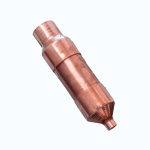
- Call Today: (208) 462- 0626
- Hours: 8am-4pm PST MON-FRI
Cutting-Edge Natural Filtration for Clean Water Solutions Worldwide
Cutting-Edge Natural Filtration for Clean Water Solutions Worldwide
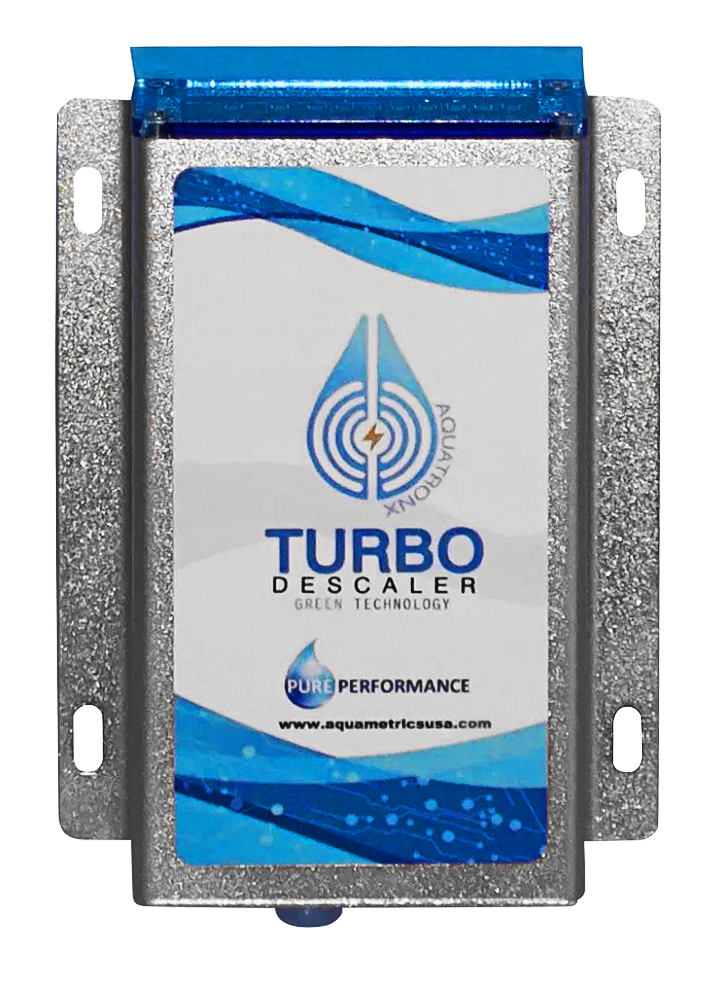







$535.00
Electronic and chemical free descaling technology is controversial and unpredictable with many options to choose from in the marketplace.
It has been a significant challenge to separate the real science of electronic descaling from the pseudo–science and market hype permeating the industry. Frequently, an electronic descaler works in one house but not in the house next door and no one has seemed to know why. Understanding these problems was a primary driver in the creation of the Aquametrics Turbo Descaler. The basic technology of electronic descaling in general has been shown to work but user complaints are common. Interviewing users and testing competitor devices uncovered three basic industry-wide deficiencies:
• Descalers often do not work.
• If a descaler works at all, it takes too long for visible results.
• The user never knows if the descaler is working or not.
The Aquametrics Turbo Descaler was designed to overcome these problems.
The Aquametrics Turbo Descaler has built–in computer diagnostics, calibration, and continuous self–testing to assure uniform unit–to–unit performance and confirmation of successful performance over the years.
The Turbo Descaler is an excellent add-on component to our LSX salt free descaling system.
-
ADDRESSING THE DEFICIENCIES

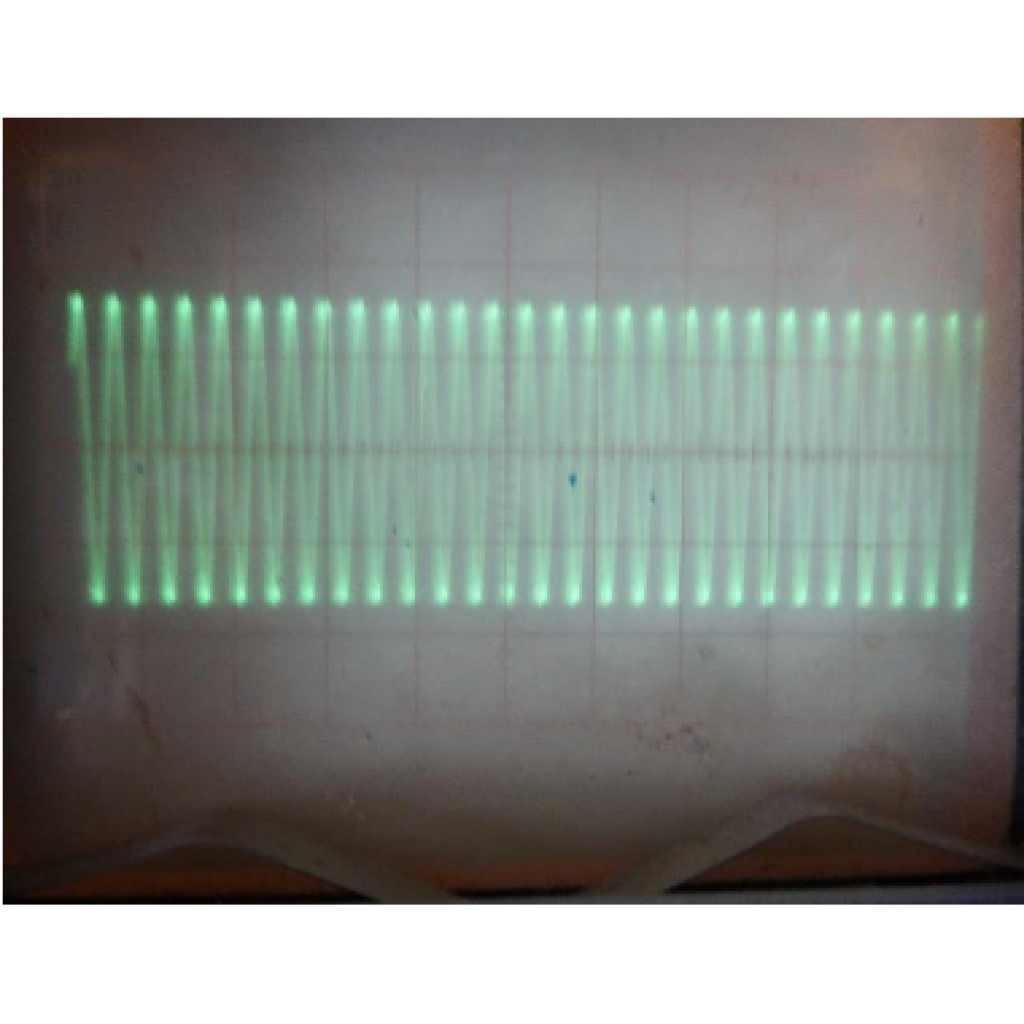
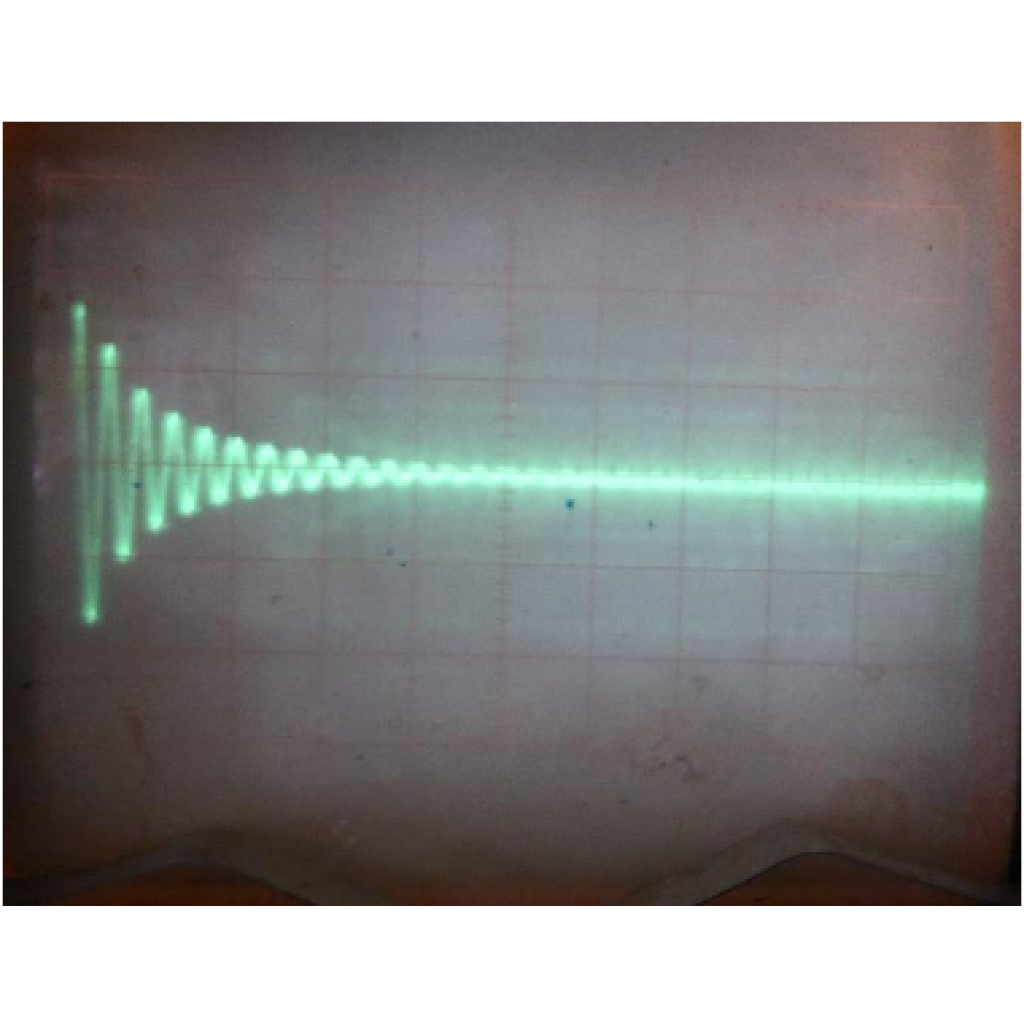
| Weight | 3 lbs |
|---|---|
| Dimensions | 12 × 9 × 6 in |
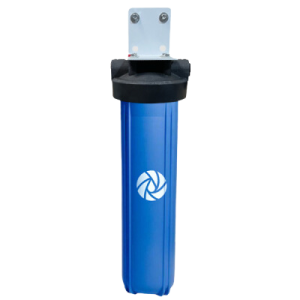
-
Add to cart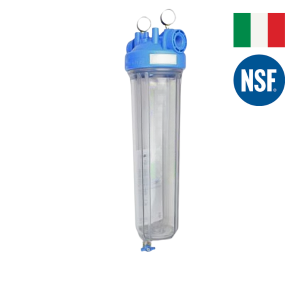
-
Add to cart
-
Add to cart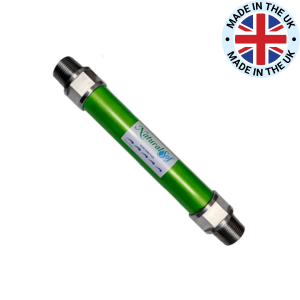
-
Select options This product has multiple variants. The options may be chosen on the product pageCopyright © 2025 Greenfield Water Solutions - All Rights Reserved. Site by Driven Web Services